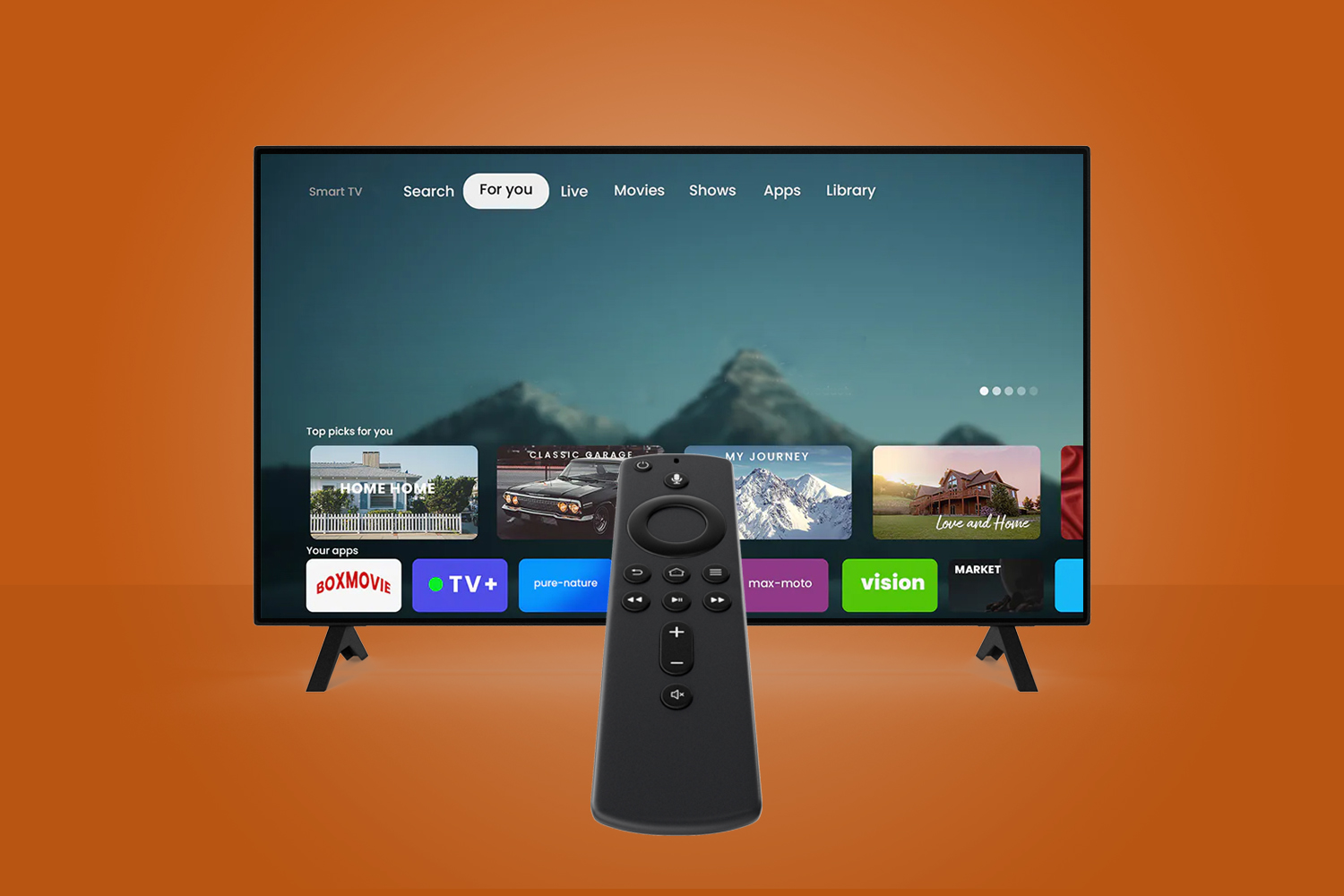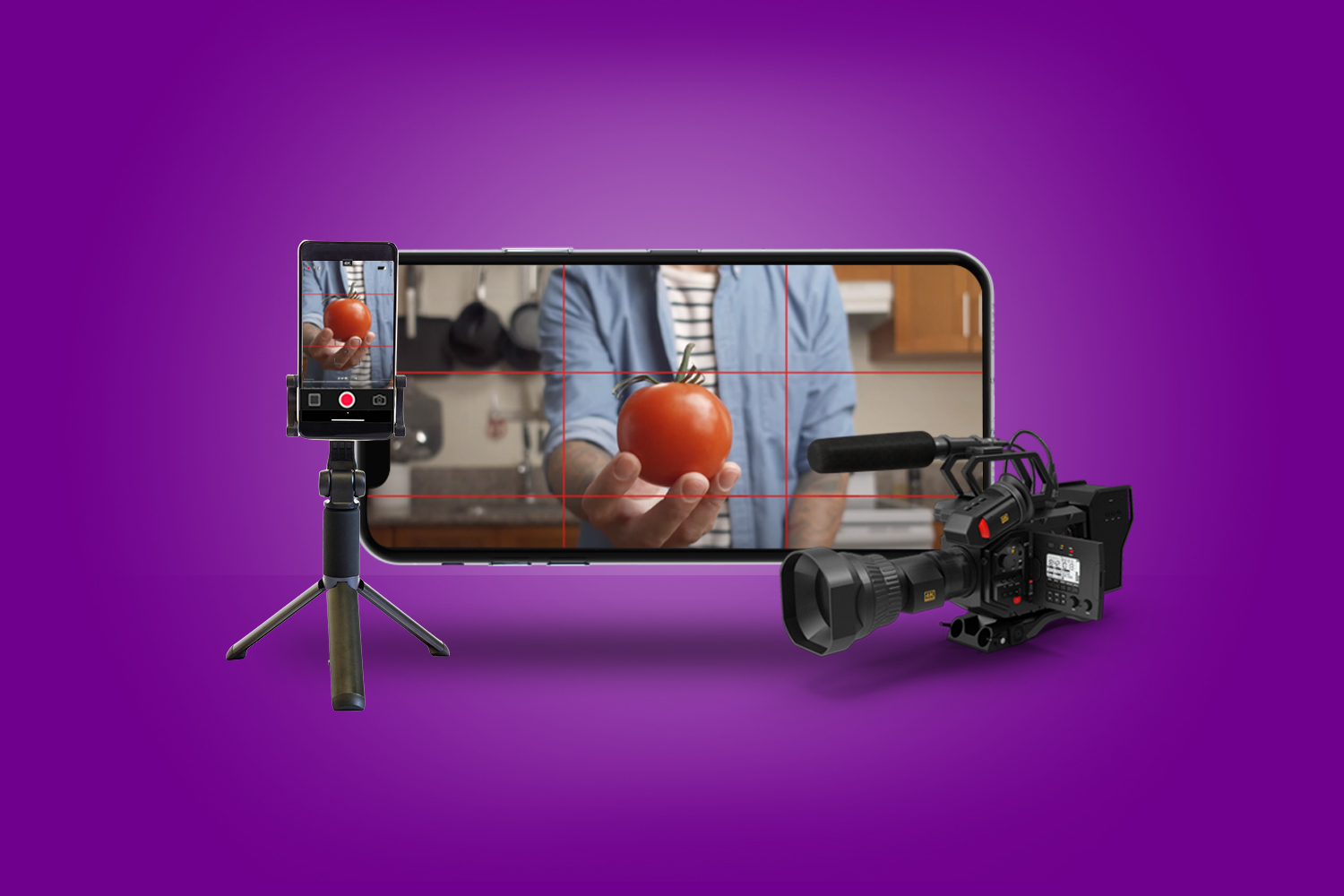Connected TV (CTV) programmatic ads offer an innovative form of digital advertising that combines the power of data and technology to deliver targeted and personalized ads to viewers who watch TV through internet-connected devices. The rise of streaming services and internet-connected TVs has allowed CTV to grow Streaming services and internet-connected TV households, making CTV advertising a prime platform for reaching a broad audience. To truly succeed with effective CTV programmatic ad strategies, it’s essential to implement effective strategies that consider the unique characteristics of CTV devices and their users.
Understand Your Target Audience
This involves gathering data on your audience’s demographics, interests, and behaviors and understanding the unique characteristics of CTV devices and how users interact with them.
Once you have a deep understanding of your target audience, you then can tailor your CTV programmatic ads to their specific interests and preferences.
This might involve creating multiple versions of your ads to target different segments of your audience or using dynamic creative optimization to deliver ads that are personalized to each viewer.
Effective CTV Programmatic Ads That Capture Audience Attention
With so many options vying for viewers’ attention, crafting engaging ads is a must. So, how can you make sure your ads stand out in the crowd? It all starts with creativity and a few key strategies.
1. Tell a Story

Whether it’s a narrative or a visual story, people love to be engaged by a compelling tale. If your ad can hook viewers with a story that they want to follow, you’ve already won half the battle.
2. Focus on Emotion

People respond to ads that make them feel something. Tapping into emotions is a powerful way to engage viewers and leave a lasting impression. This can be done with the use of humor, sadness, or excitement.
Visually appealing ads are also essential. Incorporate striking visuals and dynamic graphics that are impossible to ignore.
3. Set a Clear Call-to-Action

What do you want viewers to do after they see your ad? Whether it’s visiting your website or making a purchase, a clear call-to-action will help ensure that your ad is more than just eye candy.
Collect and Analyze Data to Improve Targeting and Optimize Campaign Performance
Collecting and analyzing effective CTV programmatic Ad data is crucial for improving targeting and optimizing campaign performance. By harnessing the power of data, you can make more informed decisions and achieve better results.
1. Determine What Metrics to Track
You can focus your data collection efforts by identifying metrics that matter to most to your campaign goals. Important metrics to measure CTV performance include CPCV (cost per completed view) and VCR (video completion rate). These two metrics are crucial when measuring efficiency with the number of views.
2. Once Collected, Analyze it
Use data analytics tools to uncover patterns and trends. if you notice that certain demographics are more likely to convert, you can adjust your targeting to focus on those audiences.
3. Conduct A/B Testing
Running two versions of an ad with minor differences can help determine which version performs better and use that information to optimize future campaigns. Test different calls-to-action or headline copy to see which one resonates best with your audience.
4. Continuously Monitor and Analyze Data
You can make real-time adjustments to improve targeting and optimize performance. This iterative approach to data analysis allows you to stay ahead of the curve and maximize your results.
Frequency Capping: Avoid Viewer Ad Fatigue
Frequency capping helps manage the number of times an ad is shown to a viewer to ensure that your ad remains fresh and engaging.
How does frequency capping work? It involves setting a limit on the number of times a viewer will see a particular ad within a given time period. You may choose to cap the frequency at three views per viewer per day.
The key to effective frequency capping is finding the right balance. For example, you want to avoid showing the same ad too frequently. Therefore, you don’t want to cap the frequency so low that your ad doesn’t have a chance to make an impact. Test different frequency caps and analyze performance data to find what works best for your campaign.
Key Takeaways
CTV Programmatic advertising combines data and technology to deliver personalized and targeted ads to viewers through internet-connected devices. To get the best results you need to tailor your ads to your audience, create captivating content that triggers emotions, collect and analyze data for improved targeting and optimize campaign performance, and cap ad frequency to avoid ad fatigue. By adopting these strategies, you can fully benefit from the potential of CTV programmatic ads and enjoy a higher ROI. Don’t be afraid to get creative, experiment, and use data to your advantage to craft ads that stand out in the crowded digital advertising landscape.





